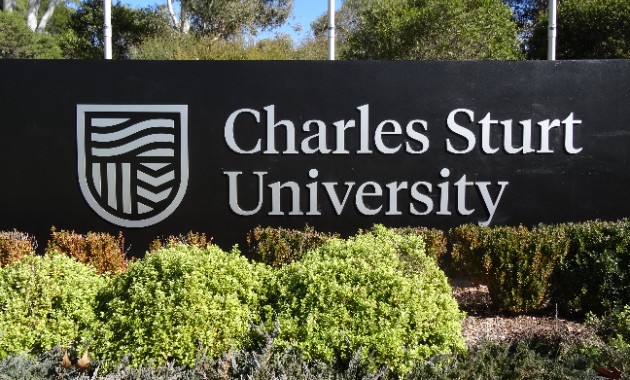Scientists from Charles Sturt University (CSU) are teaming up with the Australian Nuclear Science and Technology Organisation (ANSTO) to examine anti-oxidants in olives.
The team from CSU's Wagga Wagga Campus, headed by Head of the School of Science and Technology, Associate Professor Kevin Robards, has performed extensive research into quality issues for the emerging Australian industry producing olive oil and olives for table fruit.
With the help of a grant from the Australian Institute of Nuclear Science and Engineering, and state of the art equipment at ANSTO, the group is now turning their attention to the anti-oxidants within olive extracts, which they have found to be unique and highly active.
Oxidation is the process where oxygen helps to breakdown food into nutrients and energy for the body.
However, in some cases, there is evidence that this same process can be linked to ageing and degenerative diseases such as artherosclerosis and cancer.
Scientists believe that anti-oxidants may play a key role in achieving balance in slowing the oxidation process.
"The long history and developed romance around the use of olive oil are certainly important and there is now good science showing its benefits," Dr Robards said.
"Extracts from olives show very significant anti-oxidant activity, and there is still a great deal to be learnt. It is common in biological systems that very minute amounts of some chemicals are very -important," he said.
"We know that many of the components of olive oil are not unique, with 98 per cent of olive oil being made up of triglycerides, or three fatty acids - chemically linked to a glycerol molecule. These substances can be found in vegetable oils.
However, it's the other two per cent of olive oil, comprising various pigments, sterols, phenols (the antioxidants), and minor lipid components that make olive oil unique."
Dr Robards said that the phenols were particularly important and are almost non-existent in inferior grades of olive oil.
They are also important in their role in effecting oil yields during extraction.
The researchers are also examining naturally occurring chemicals in the leaf, seed, and stone of olives that could be found to have applications in the radiopharmaceutical, cosmetics, and other industries.
The researchers have used ANSTO's spectrofluorimeter facilities to study individual phenolic compounds that are powerful anti-oxidants.
The study raises the possibility that specific anti- oxidants could be extracted from olives for commercial use.
Dr Robards said that research and development during the development of the Australian wine industry is widely accepted as one reason for its outstanding success.
"Newer industries have a great need to get quality aspects right from the start," Dr Robards said.
Each year, Australia imports approximately 16 000 tonnes of olive oil and 7 000 tonnes of olive fruit, valued at around $90 million and $20 million respectively.
It is believed that imports make up around 95 per cent of olive oil consumption in Australia.





Social
Explore the world of social